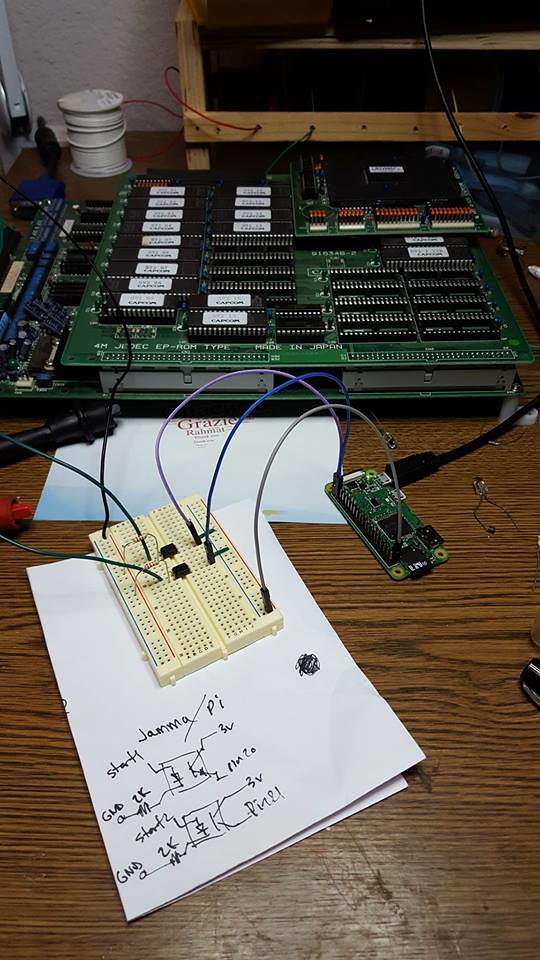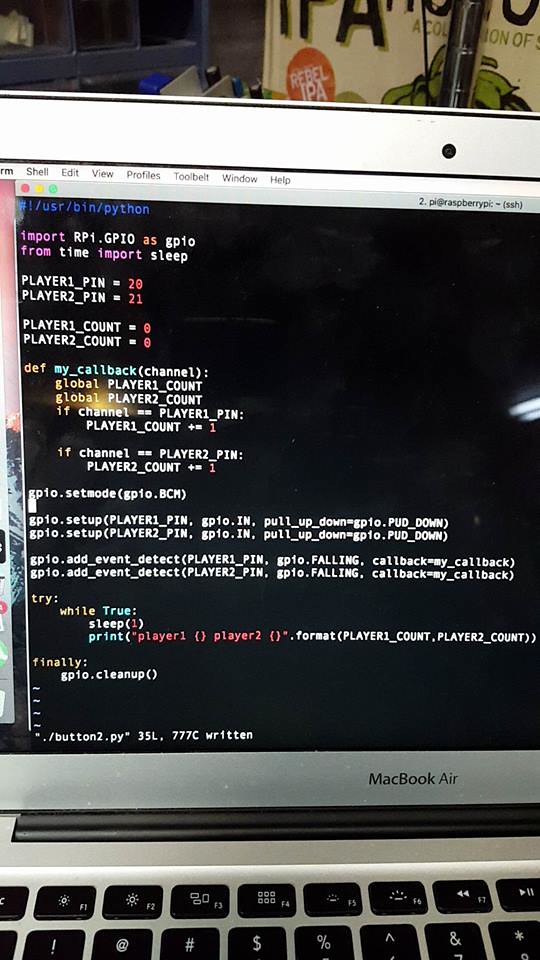codecrank
Professional
- Joined
- May 24, 2016
- Messages
- 202
- Reaction score
- 333
we have an arcade at work, ~20 candy cab on freeplay, how do I know when to change games ? well this should help me 
The idea is to monitor start buttons being pressed, and to either push or pull the data over a wireless network. it has to be cheap, easy to add to cabs, and somewhat reliable.
so first a prototype, the pi zero is 10$. so far so good.

simple code

turned into a pi zero hat , pinout is Start , 5v ( to power the pi ) , Gnd . maybe ~5$ worth of part, that's fine, but making the pass-through adatper is time consuming, I don't want to have to make tons of them, plus what about a versus city ? I could do a jamma pass-through adapter instead , but it won't work for JVS games , oh the dilemma.

And it looks like we have a working proof of concept
Next is deciding how I want to store the data locally, push / pull, central data visualization, etc . I tried the googledoc spreadsheet api and it's utter garbage, slow as hell.
more to come...

The idea is to monitor start buttons being pressed, and to either push or pull the data over a wireless network. it has to be cheap, easy to add to cabs, and somewhat reliable.
so first a prototype, the pi zero is 10$. so far so good.

simple code

turned into a pi zero hat , pinout is Start , 5v ( to power the pi ) , Gnd . maybe ~5$ worth of part, that's fine, but making the pass-through adatper is time consuming, I don't want to have to make tons of them, plus what about a versus city ? I could do a jamma pass-through adapter instead , but it won't work for JVS games , oh the dilemma.

And it looks like we have a working proof of concept

Next is deciding how I want to store the data locally, push / pull, central data visualization, etc . I tried the googledoc spreadsheet api and it's utter garbage, slow as hell.
more to come...

